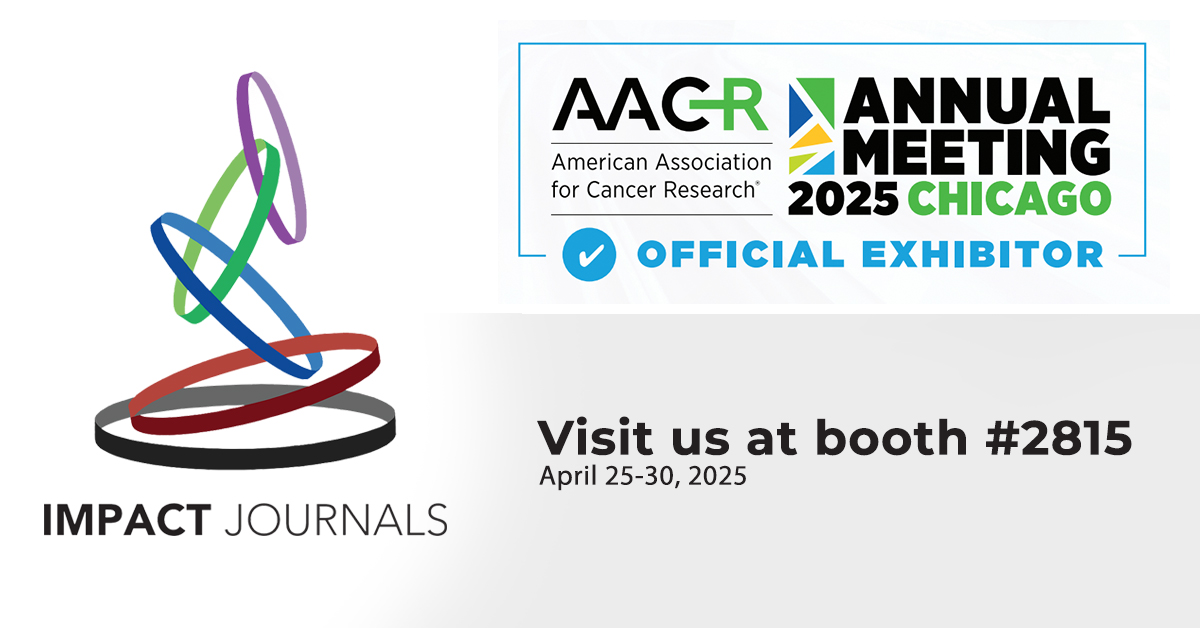Research Papers: Gerotarget (Focus on Aging):
Potential role of PCTAIRE-2, PCTAIRE-3 and P-Histone H4 in amyloid precursor protein-dependent Alzheimer pathology
Metrics: PDF 2760 views | HTML 3704 views | ?
Abstract
Dale Chaput1,*, Lisa Kirouac2,*, Stanley M. Stevens Jr1,** and Jaya Padmanabhan2,**
1 Department of Cell Biology, Microbiology, and Molecular Biology, University of South Florida, Tampa, FL, USA
2 Department of Molecular Medicine, USF Health Byrd Alzheimer’s Institute, University of South Florida, Tampa, FL, USA
* Equal first author
** Equal last author
Correspondence to:
Jaya Padmanabhan, email:
Stanley M. Stevens Jr, email:
Keywords: Alzheimer’s disease, amyloid precursor protein, phosphoproteomics, A-beta, neurodegeneration, Gerotarget
Received: January 04, 2016 Accepted: January 30, 2016 Published: February 14, 2016
Abstract
Amyloid Precursor Protein (APP) is regulated in a mitosis-specific manner and plays a role in proliferative signaling in cells. Though APP-derived Aβ generation has a well-established role in neurodegeneration, the mechanistic role of APP in this process is not fully understood. Here, we performed an unbiased, comprehensive analysis of the phosphoproteome signature in APP-null neuroblastoma cells (B103) compared to those expressing APP-695 isoform (B103-695) to determine if APP expression affects protein phosphorylation. Stable isotope labeling by amino acids in cell culture (SILAC) followed by mass spectrometry-based phosphoproteomic analysis with PolyMAC identified a total of 2,478 phosphopeptides in the B103 and B103-695 cell culture model system. We observed that phosphorylation of PCTAIRE-2 (CDK17), PCTAIRE-3 (CDK18), and Histone H4 are significantly elevated in B103-695 cells; western blot analysis confirmed overexpression of PCTAIREs and increased phosphorylation of Histone H4. More importantly, analysis of primary neurons treated with Aβ, as well as brain samples from MCI (mild cognitive impaired) and AD patients recapitulated these results, showing increased levels of PCTAIREs and P-Histone H4. These novel findings identify a hitherto uncharacterized mechanism by which APP and/or Aβ may promote AD neurodegeneration, and raises the possibility that their inhibition may protect against pathology development in AD.
 All site content, except where otherwise noted, is licensed under a Creative Commons Attribution 4.0 License.
All site content, except where otherwise noted, is licensed under a Creative Commons Attribution 4.0 License.
PII: 7380

